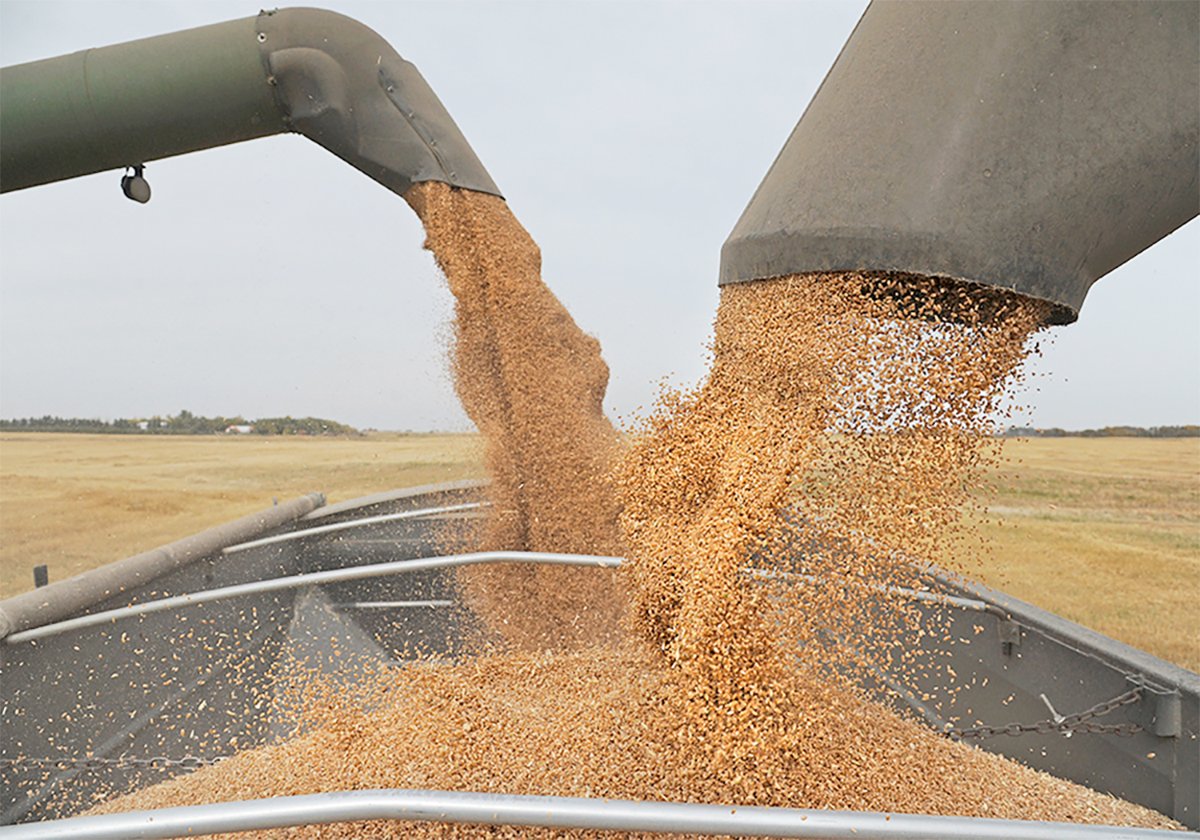The controversy over neonicotinoid insecticides is growing more in-tense with groups in the United States going to court to stop registrations and a narrowly failed attempt to ban the products in the European Union.
The concern arises from several studies into this family of insecticides used as seed treatments, which includes clothianidin, imidacloprid and thiametoxam, that indicate the products present unacceptable risks to bees and other insects not targeted by the chemical, as the European Food Safety Authority put it.
Most EU nations decided otherwise, or at least sidestepped the issue by abstaining, and the attempted ban fell one vote shy of the majority of 14 needed to pass the bill in the 27 nation bloc.
Read Also

Agriculture productivity can be increased with little or no cost
There’s a way to enhance agricultural productivity with little or no cost. It doesn’t even require a bunch of legislative changes.
In the U.S., a lawsuit was filed March 21 by four beekeepers and five environmental and consumer groups against the Environmental Protection Agency for failing to protect pollinators from dangerous pesticides. The coalition wants the EPA to suspend registrations of neonicotinoids.
Meanwhile, those who support continued use of the chemicals point to their own studies and government monitoring of current use that they say demonstrate the products are safe.
Bees can, in many ways, be considered the modern day canary in the coal mine; a warning sign to humans nearby. If bee populations are not healthy, it signals a much larger problem at the foundation of our ecosystem.
Neonicotinoids have been shown to be safer than previous generations of chemicals that farmers might be forced to turn to if a ban were enacted.
And while they may enable lower chemical dosages because they are used as seed treatments rather than sprays, the downside is that they compel farmers to use them proactively, meaning farmers buy when purchasing seed, before they even know for sure whether they have an insect problem.
Chemicals kill stuff. That much we know. That’s what they were created to do.
It comes down to a matter of study methodology and dosage.
For example, do the laboratory studies that point to the toxicity of neonicotinoids really represent exposure levels bees would encounter in field conditions? Are field studies that are not finding the same problems able to control the myriad variables that exist in those conditions?
Those who adhere to the precautionary principle say any risk must be dealt with swiftly because bee pollination is critical to plant regeneration and a healthy ecosystem.
However, rejecting things out of fear goes against the principles of sound science and if taken too far, could stymie innovation and progress. The Earth is experiencing an ever-increasing population and yield improving innovations are going to become critical to feed its people. A ban on neonicotinoids based on present evidence is premature.
However, we must not ignore the potential dangers. Bees face several threats at the moment, varroa mites and habitat loss among them. Pinning their decline on neonicotinoids has proven elusive.
The U.S. EPA announced last week that it is accelerating its review of neonicotinoids. Perhaps research could find more bee friendly seeding methods or better coatings that minimize the harmful dust containing neonicotinoids raised during application.
Perhaps further study will find the concerns about neonicotinoids in pollen and nectar of plants from treated seeds have been overstated, or that the chemicals are more even dangerous than then we thought.
A ban might be premature, but decisive action is critical. Governments and private sector companies must direct re-sources and funding with utmost urgency to bring forth speedy answers.














